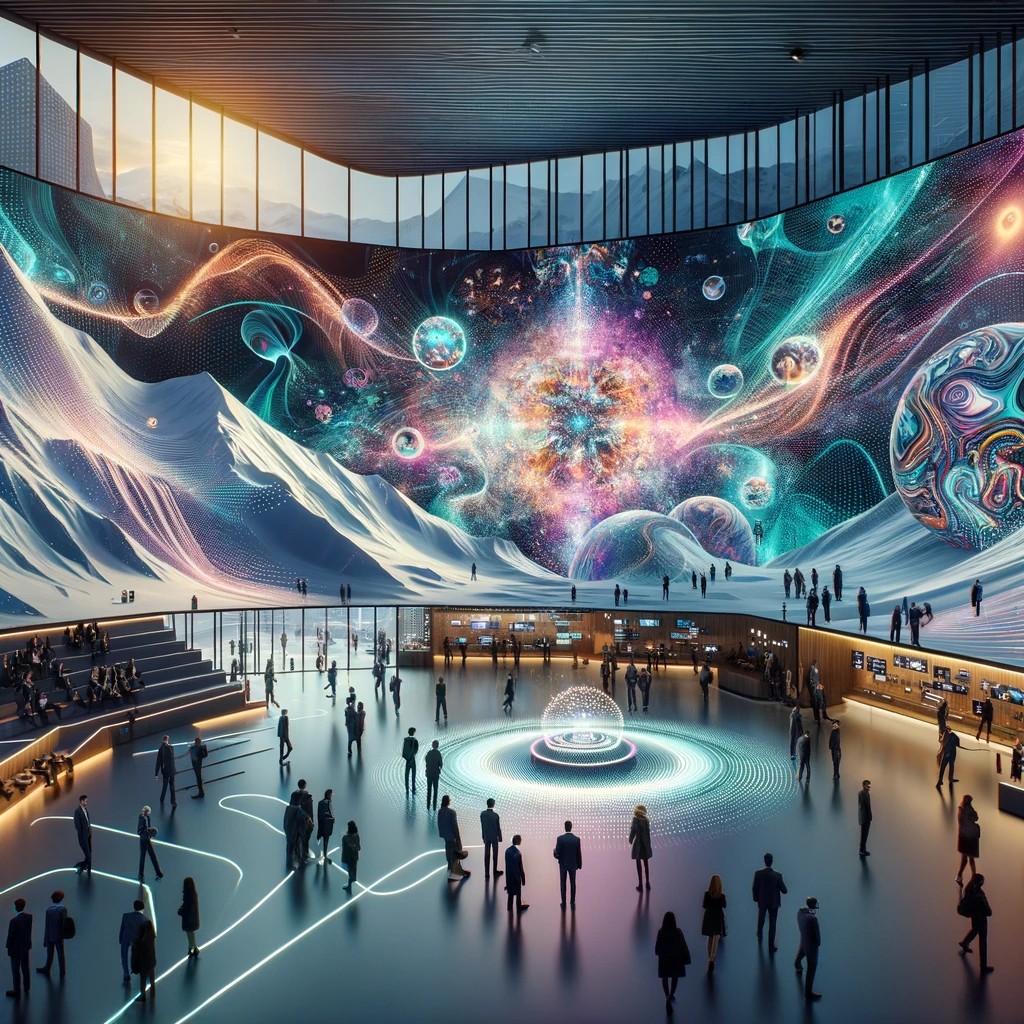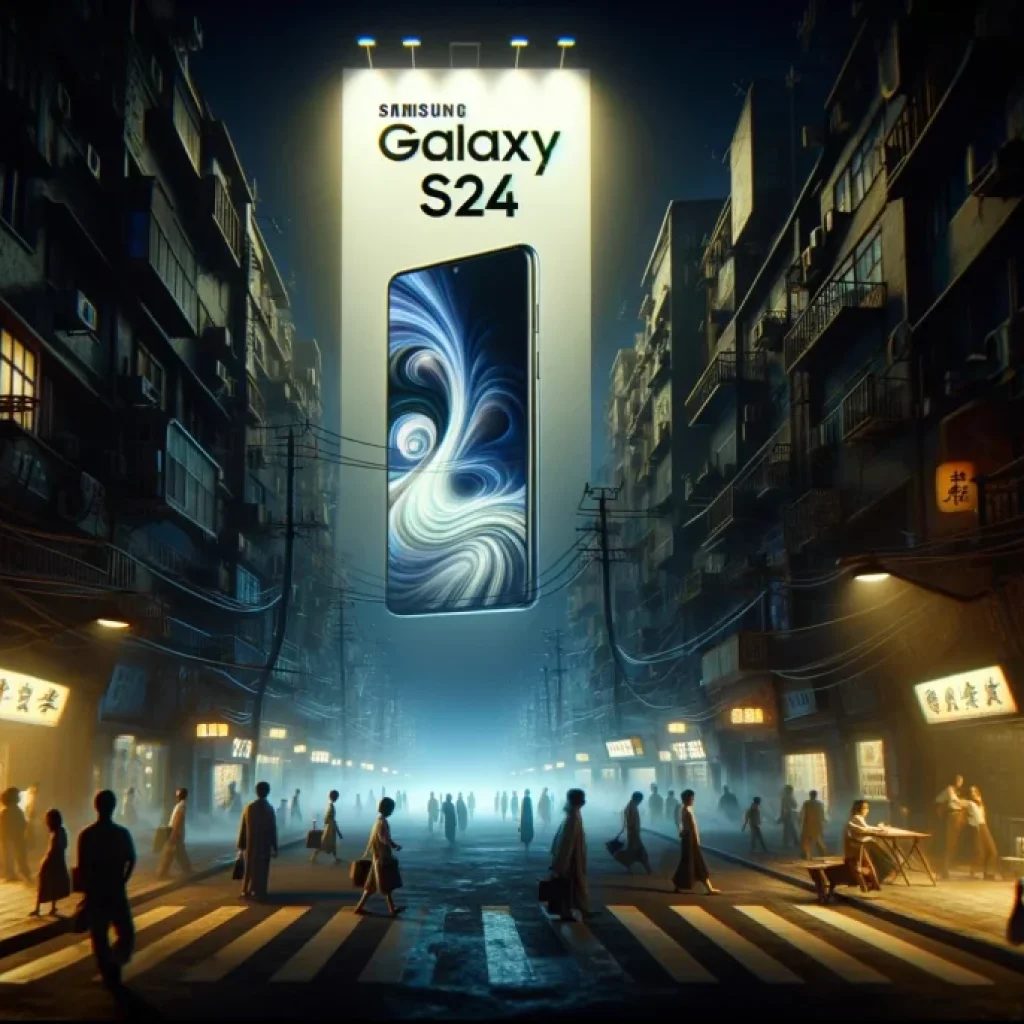In a remarkable showcase at the World Economic Forum in Davos, Switzerland, Turkish digital media artist Refik Anadol has introduced the world to the first-ever multi-sensory work of art. This groundbreaking piece, which integrates visual elements, sound, and even scent, marks a significant evolution in the realm of art and technology. Anadol’s work, deeply rooted in nature-inspired artificial intelligence, presents an immersive experience that transcends traditional artistic boundaries.
From dream to reality: A decade of innovation
The journey to this innovative installation began nearly a decade ago, with Anadol and his team envisioning a museum project centered around AI. This dream, which first took shape in Anadol’s mind 16 years ago, saw data not just as information but as a medium for creating art – akin to pigment in painting or material in sculpture. Over the past eight years, Anadol has been at the forefront of AI art, pioneering in creating AI-generated paintings and sculptures. This long-term vision has led to collaborations with various prestigious museums worldwide.
Anadol’s work gained significant recognition when an AI artwork of his was officially inducted into the collection of the Museum of Modern Art (MoMA), one of the most esteemed art museums globally. This achievement underscores the growing acceptance and appreciation of AI in the traditional art world.
Dataland: A vision for the future
The cornerstone of Anadol’s vision is ‘Dataland’, a proposed museum dedicated to the convergence of nature and artificial intelligence. Set to open first in Los Angeles and later in other parts of the world, including Istanbul, Dataland represents a new frontier in art and technology. Unlike current AI systems that primarily focus on human logic, Dataland aims to develop an advanced AI that comprehends nature and is ethically trained with data. This initiative has garnered support from leading tech giants like Google and Nvidia, indicating a strong interest in the intersection of AI and cultural expressions.
Anadol’s aspiration for this project extends beyond the art world. He envisions this advanced AI to be a tool for education, research, and cultural enrichment. This holistic approach positions Anadol’s work not just as an artistic endeavor but as a significant contribution to various fields.
Impact and future prospects
Refik Anadol’s multi-sensory AI art installation at Davos is more than an artistic achievement; it’s a gateway to new possibilities in the realm of art and technology. By blending visuals, sound, and scent, Anadol has pushed the boundaries of traditional art, paving the way for a more immersive and engaging experience. His vision for ‘Dataland’ further amplifies this impact, promising a future where art and AI coexist in harmony, enriching our understanding of both nature and technology.
The collaboration with renowned institutions and tech companies signifies a broader acceptance and integration of AI in diverse fields. As AI continues to evolve, its role in the arts and culture is becoming increasingly prominent, opening up new avenues for creative expression and exploration.
Anadol’s pioneering work at Davos is not just a milestone in his career but a beacon for future artists and technologists. It heralds a new era where art transcends its traditional forms, embracing technology to create multi-dimensional, sensory experiences. The world eagerly anticipates the opening of Dataland and the subsequent evolution of AI in the arts, signaling a new chapter in the synergy of human creativity and artificial intelligence.





